It’s one of his most famous paintings, and in this post, we’ll take a closer look at the top 10 facts about The Sistine Madonna by Italian artist Raphael.
1. It’s a large painting
The Sistine Madonna is an oil on canvas painting and has dimensions of 265 × 196 centimeters (104 × 77 inches).
2. It was commissioned by Pope Julius II
Pope Julius II was pope between 1503 and 1513 and was one of the most influential figures of the High Renaissance. He commissioned various works of art, multiple from the 3 masters of the time, Leonardo da Vinci, Michelangelo, and Raphael.
The commission of the Sistine Madonna was given to Raphael in the year 1512, which is also the year that he completed the work.

3. It was supposed to become an altarpiece
Pope Julius II had commissioned the painting for his late uncle, Pope Sixtus IV. The Sistine Madonna was supposed to become an altarpiece and decorate the basilica church of the Benedictine Monastery of San Sisto in Piacenza.
Right now, a copy of the painting by Raphael is decorating the church. This was painted by Pietro Antonio Avanzini (1656 – 1733), another Italian painter.
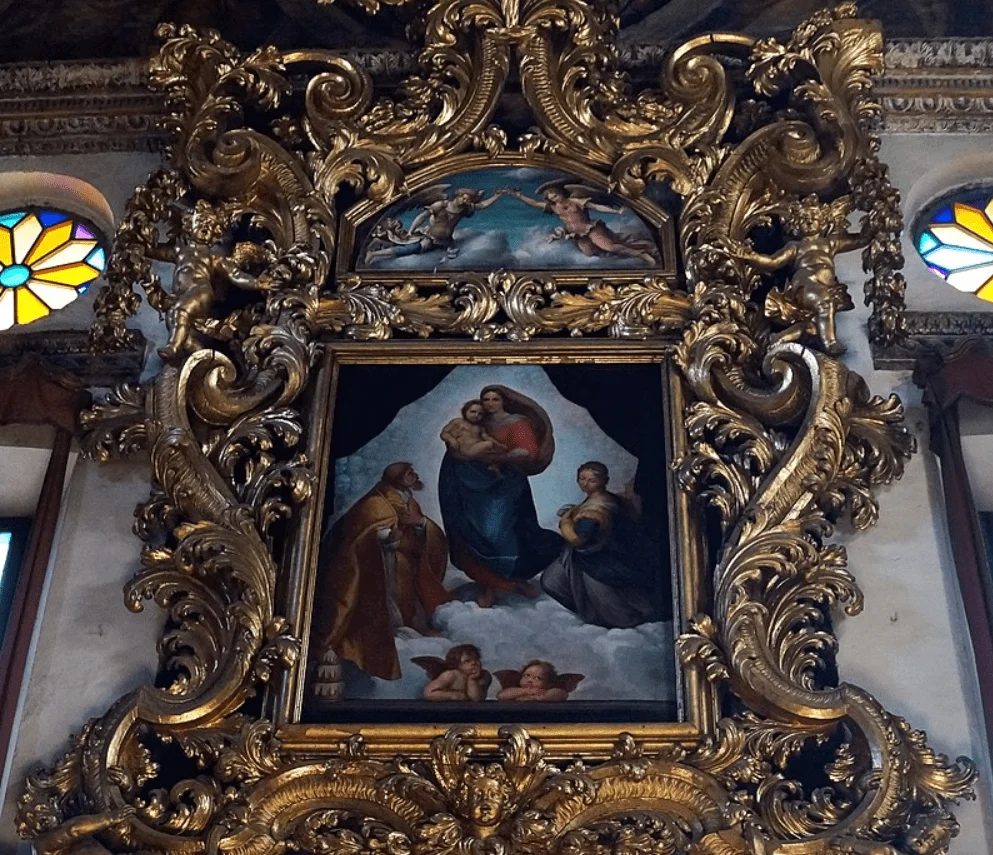
4. It depicts 2 Saints
Flanking the Madonna who is holding her child, Jesus, are two saints. On her left, we can see Saint Barbara, who was an early 3rd-century Greek Christian Saint and martyr.
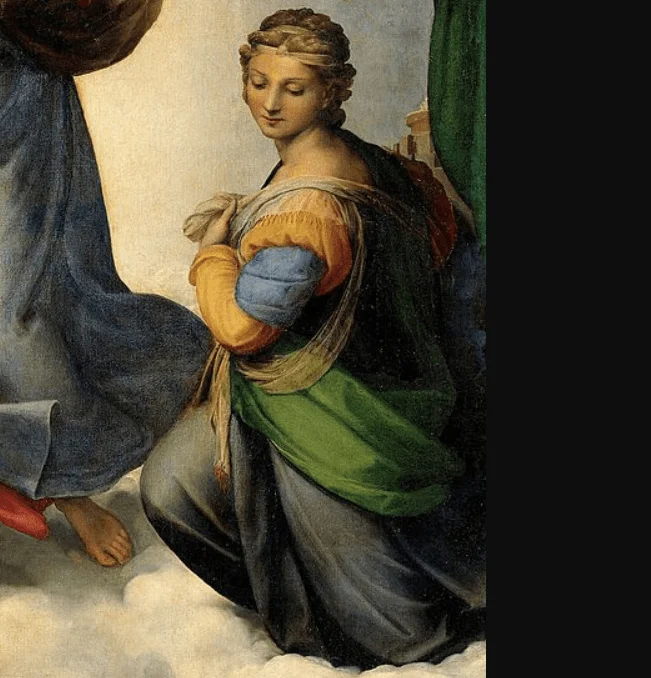
On her right, we can see Saint Sixtus II who was martyred as well in the year 258 after serving as the Bishop of Rome for just 1 year.
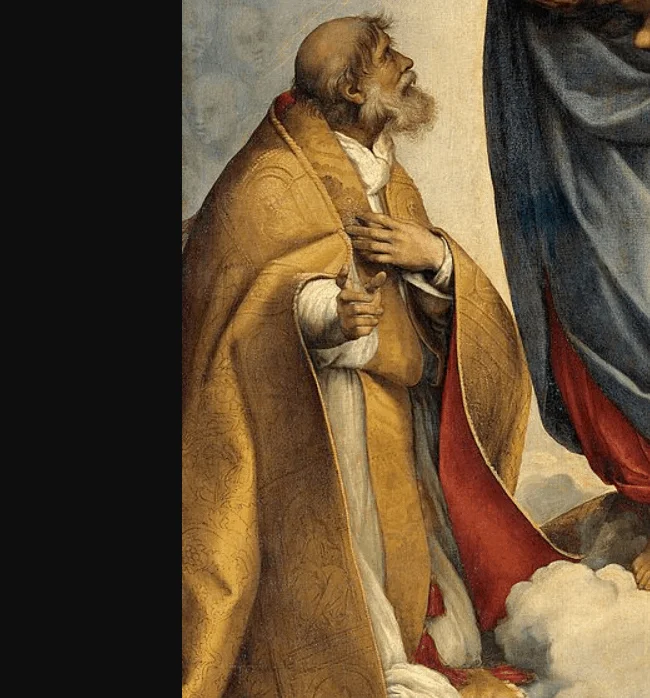
5. It’s one of the final Madonna’s that Raphael painted
The model for the main figure of the painting, the Madonna holding the child, is believed to be Margherita Luti, Raphael’s mistress.
This wasn’t the first time that this baker’s daughter from Rome had been a model in one of his paintings. They had a relationship for 12 years and she sat for at least 10 of his painting of which 6 were Madonna’s.
Of all the Madonna’s that Raphael painted, this would become one of his finest, but also one of his last.
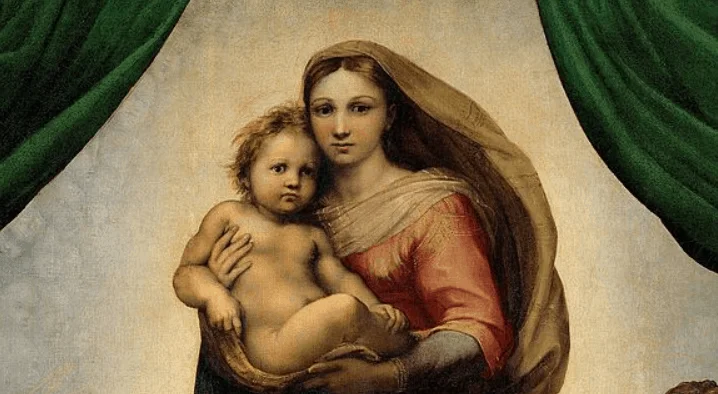
6. There’s something about the background
If we look closely at the background of the painting, we can see that there are dozens of obscured cherubims floating around the main figures.
A cherub is an unearthly being who directly attends to God and who is usually depicted as angels in Christian art.

7. The two angles at the bottom are world-famous
The two visible cherubs are the two angels leaning on the clouds at the bottom. They have become some of the most famous angles in the history of art.
These two angles have been reproduced and been featured in stamps, books, postcards, clothes, wrapping paper, magazines, etc.

8. It was the most expensive painting ever in 1754
Augustus III, the King of Poland and the Elector of Saxony of the Holy Roman Empire, bought the painting in the year 1754 for a sum of about 120,000 francs. He bought it as an addition to his already massive collection in the German city of Dresden.
This purchase made the Sixtine Madonna the most valuable painting in the world at that time, a record it would hold for multiple decades!
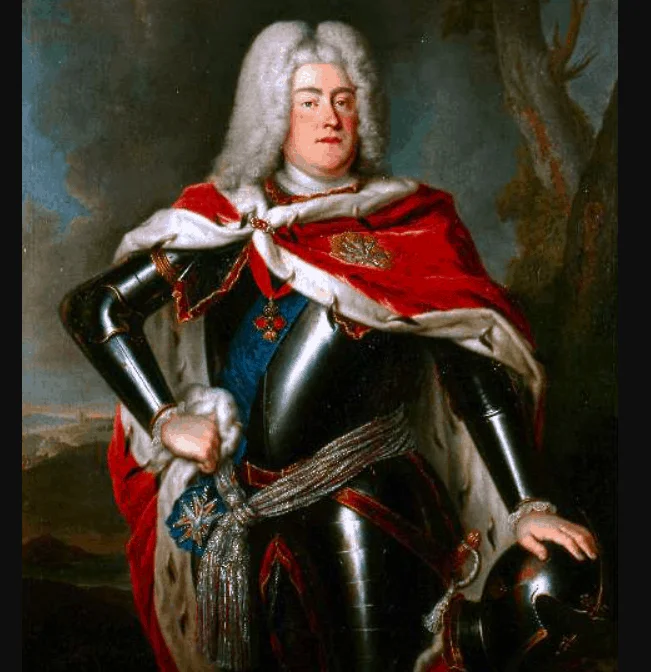
9. It was moved to Russia for 10 years after World War II
The city of Dresden was heavily bombed during World War II but the Red Army was able to save it from being destroyed. It brought the Sistine Madonna back to Russia where it went on a limited display at the Pushkin Museum in Moscow.
When Joseph Stalin died, however, the painting was returned to Germany by the Russian Government “for the purpose of strengthening and furthering the progress of the friendship between the Soviet and German peoples.”
The painting has been in Germany ever since the year 1955.
During its period in Russia, it has inspired multiple Russian artists as they based several paintings on the Sistine Madonna. These include the “Partisan Madonna of Minsk” by Mikhail Savitsky and the “Saved World Remembers” by Mai Dantsig.

10. Where is the Sistine Madonna located now?
Do you want to get a glimpse of Raphael’s masterpiece? Then you’ll have to visit the German city of Dresden where it has been located ever since it was brought back from Russia!
It’s located in the “Gemäldegalerie Alte Meister” collection of the “Semper Gallery” in the city. This collection contains over 750 paintings from the 15th to the 18th centuries, including major Italian Renaissance works and famous Dutch and Flemish paintings as well!

